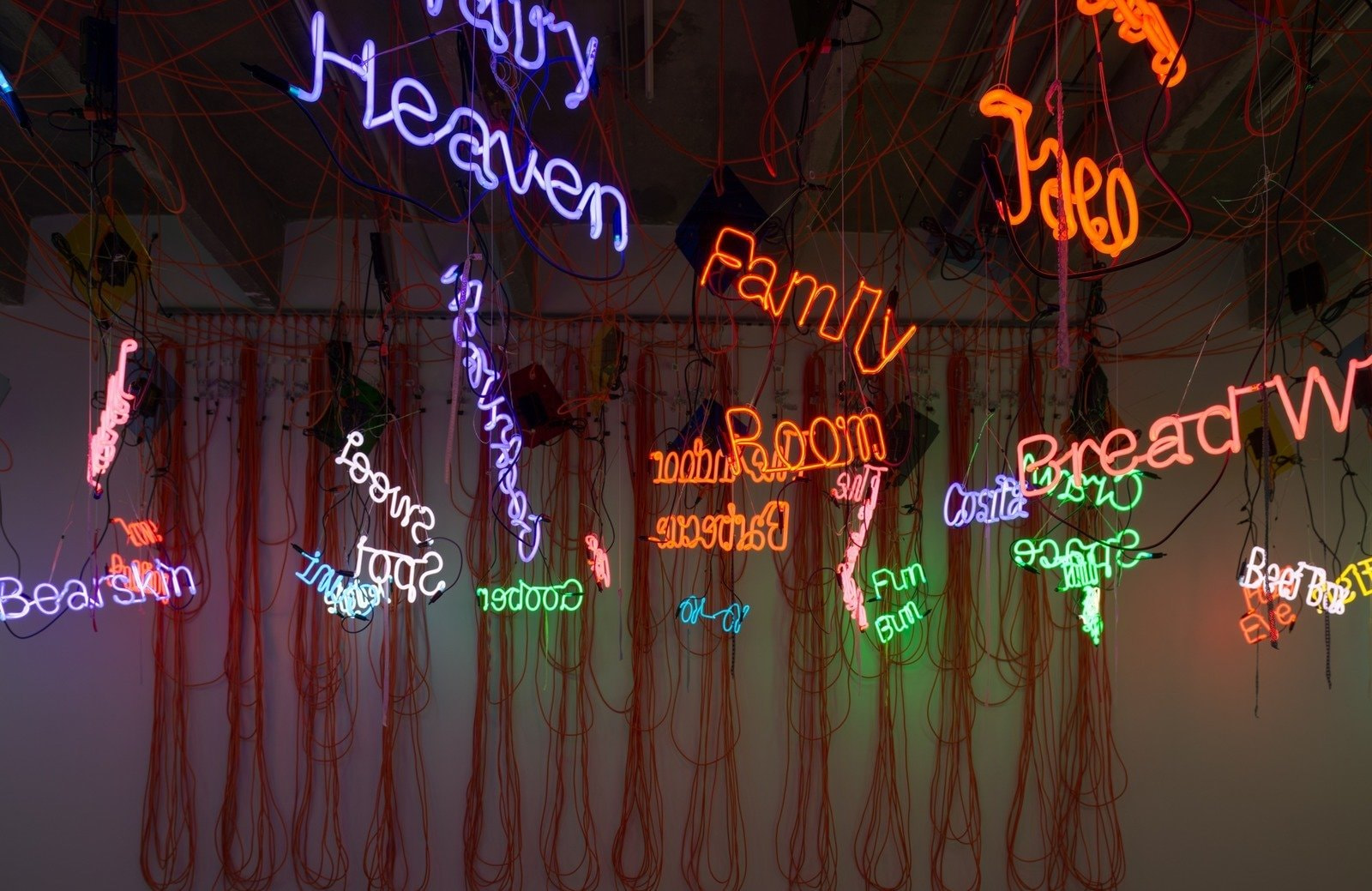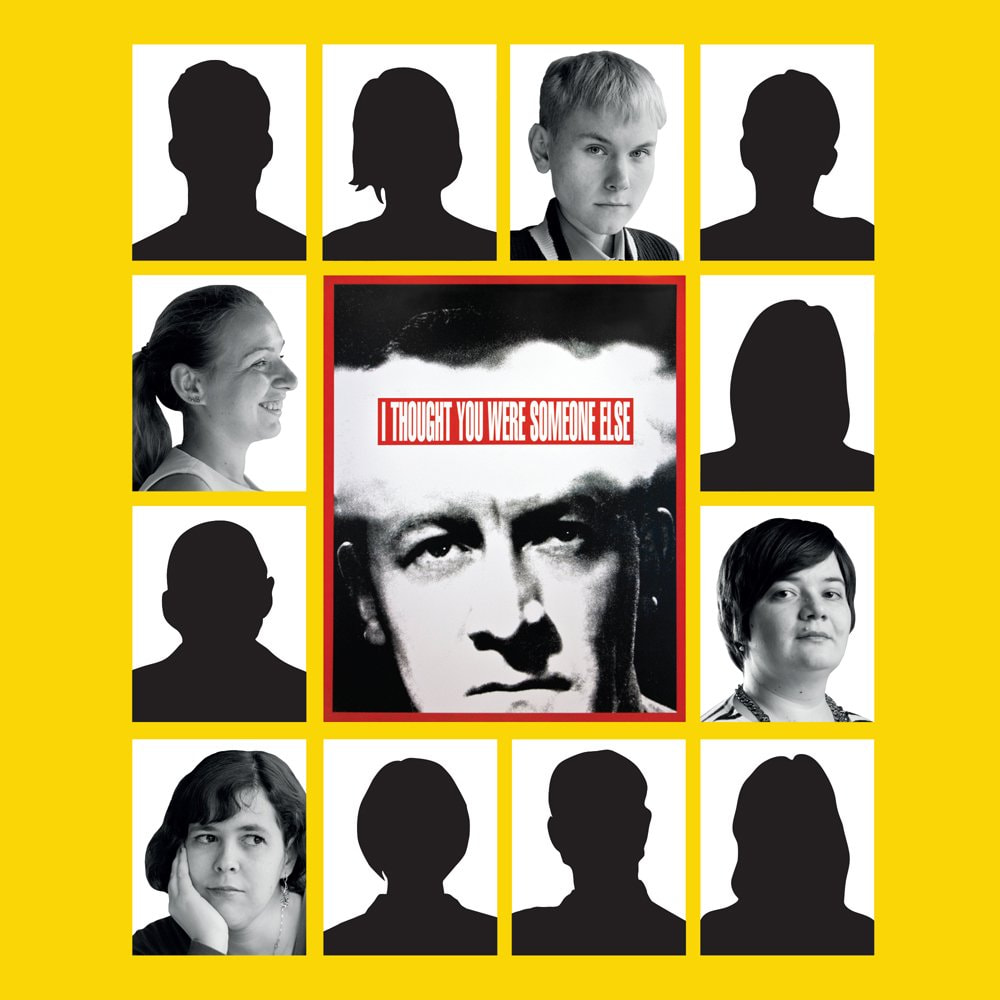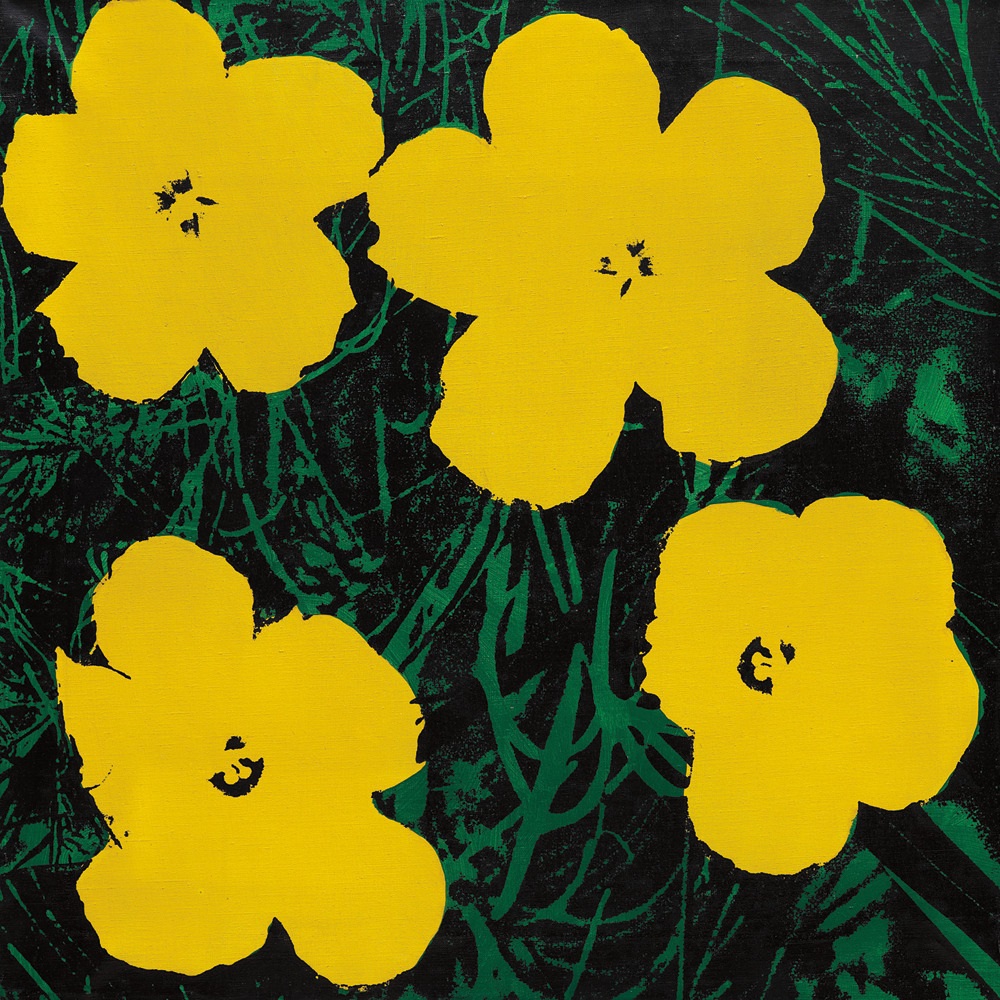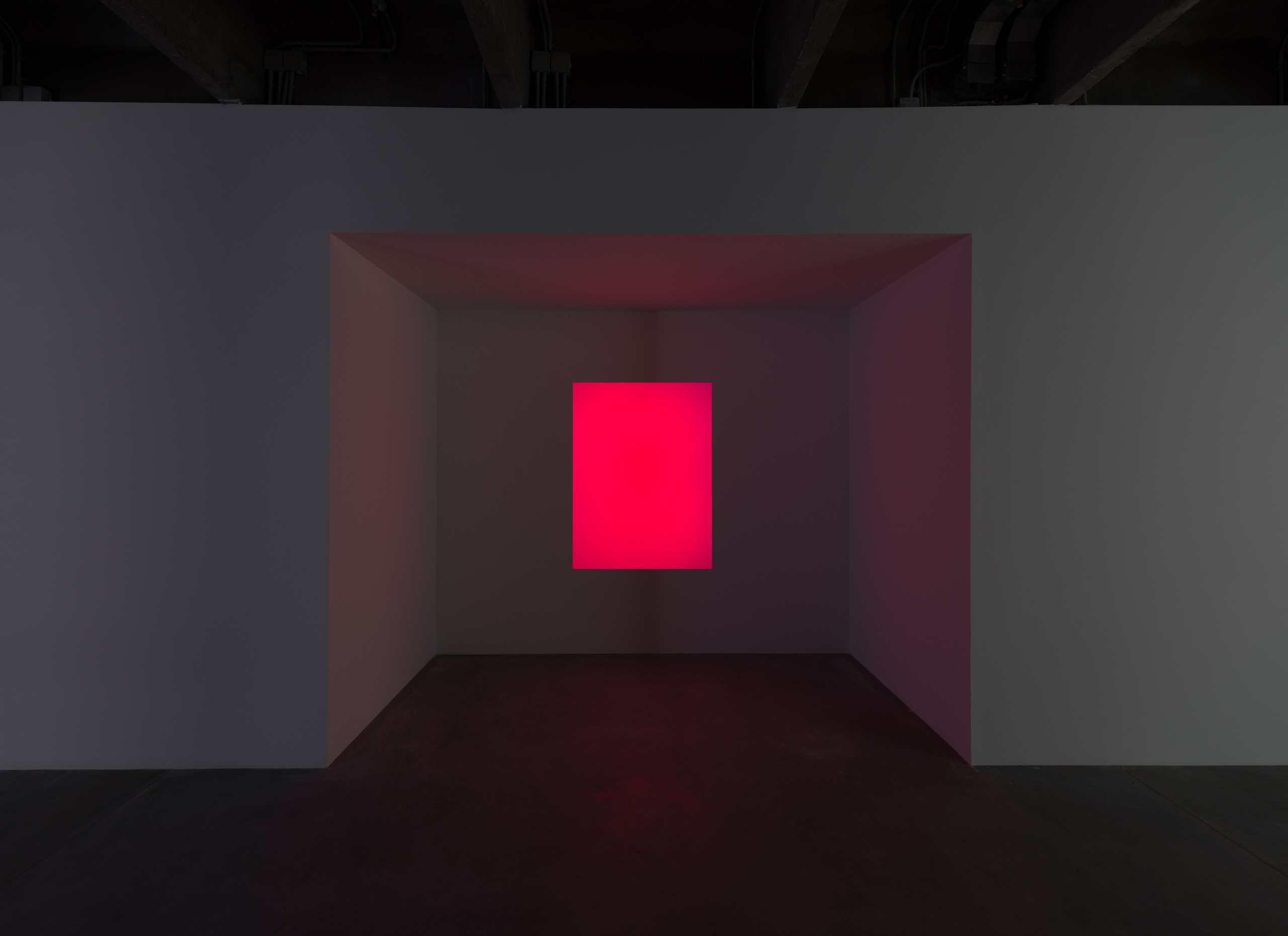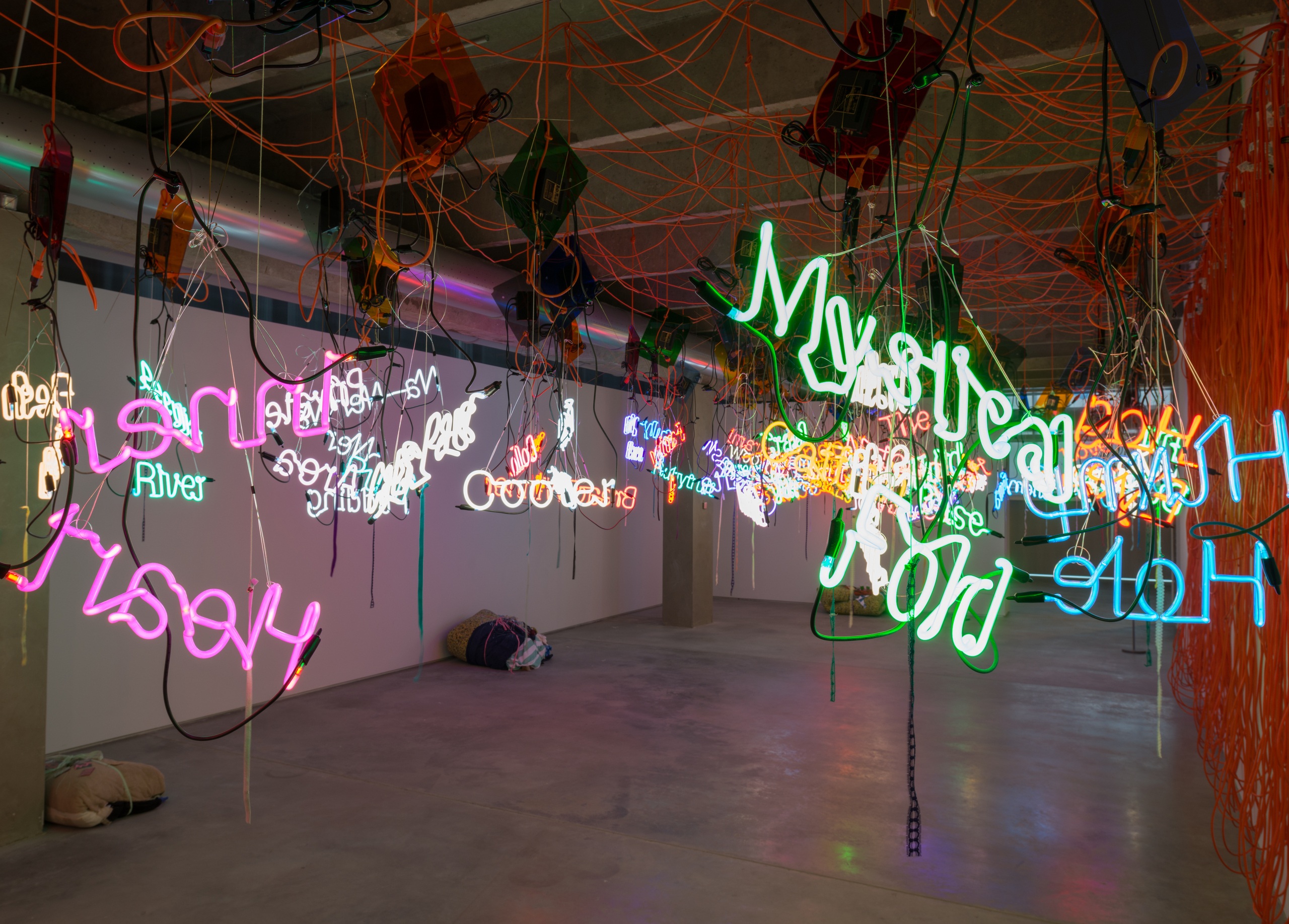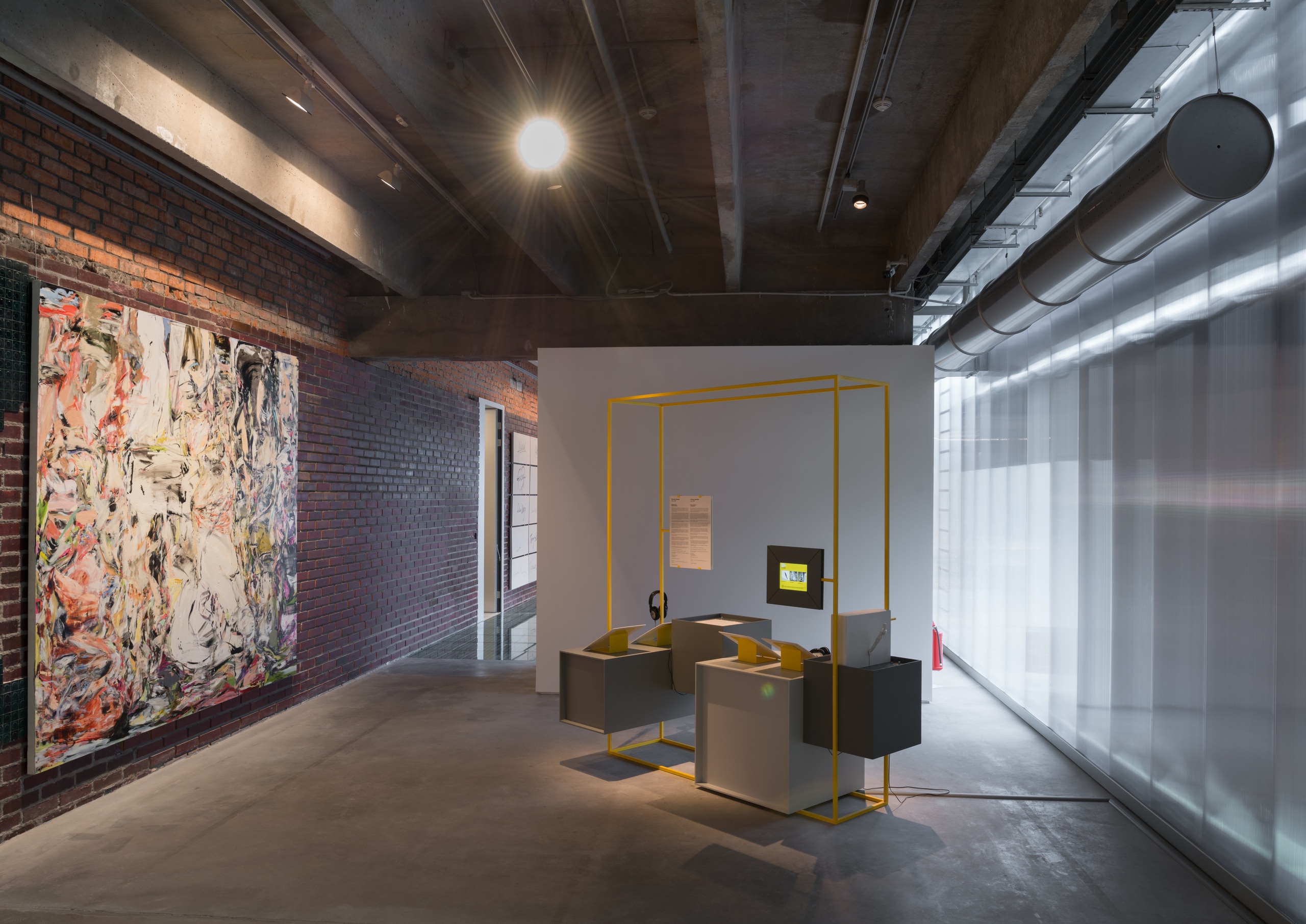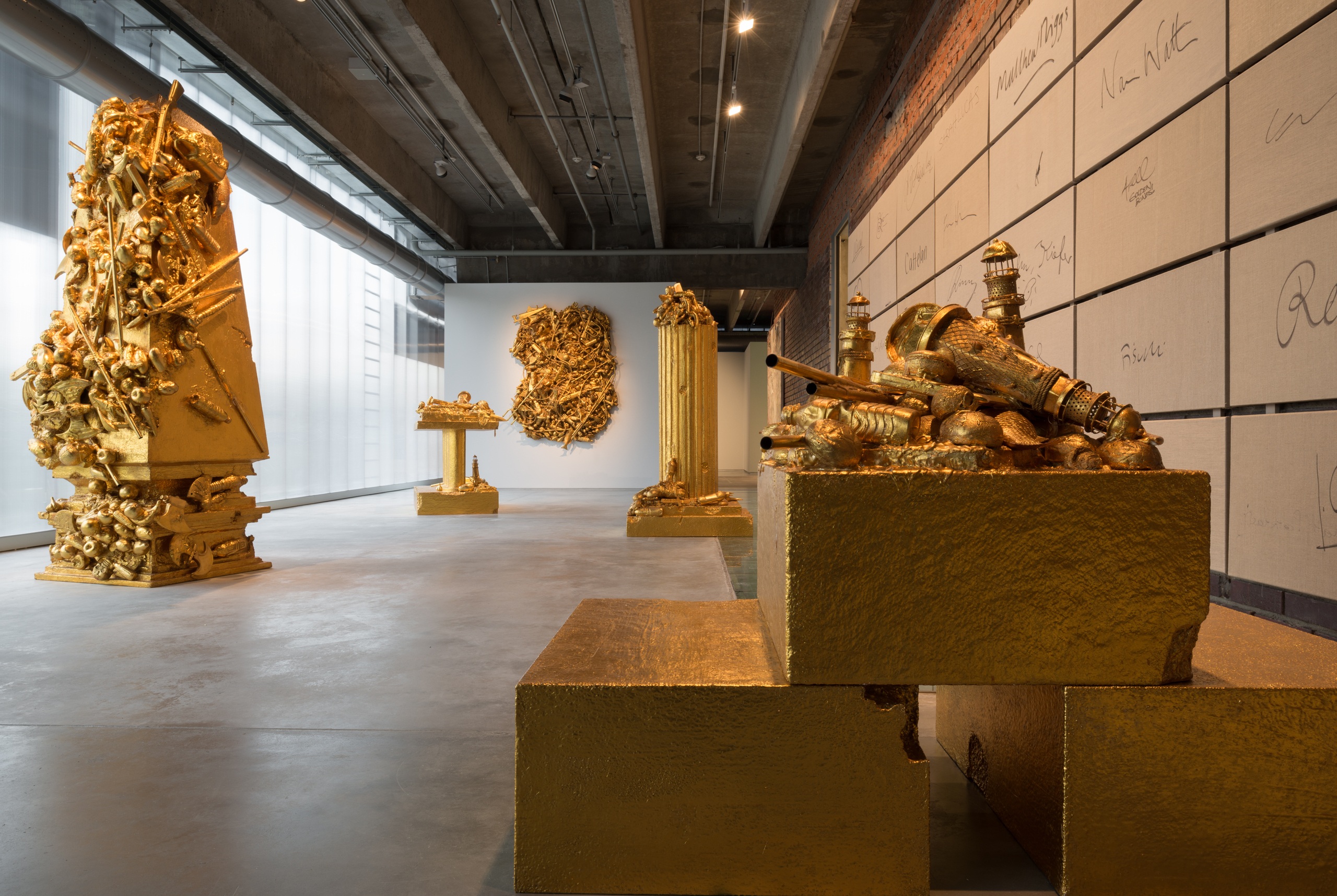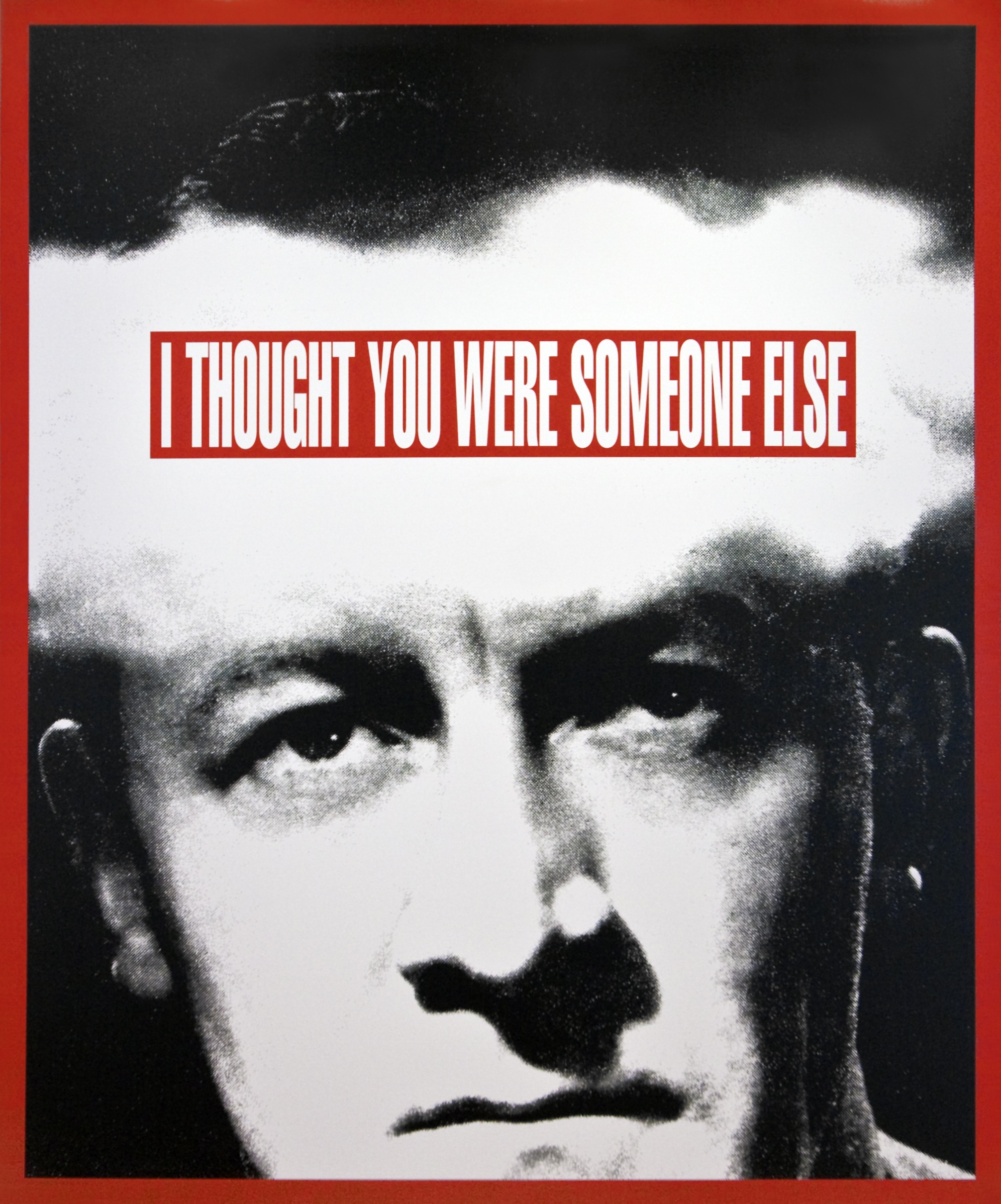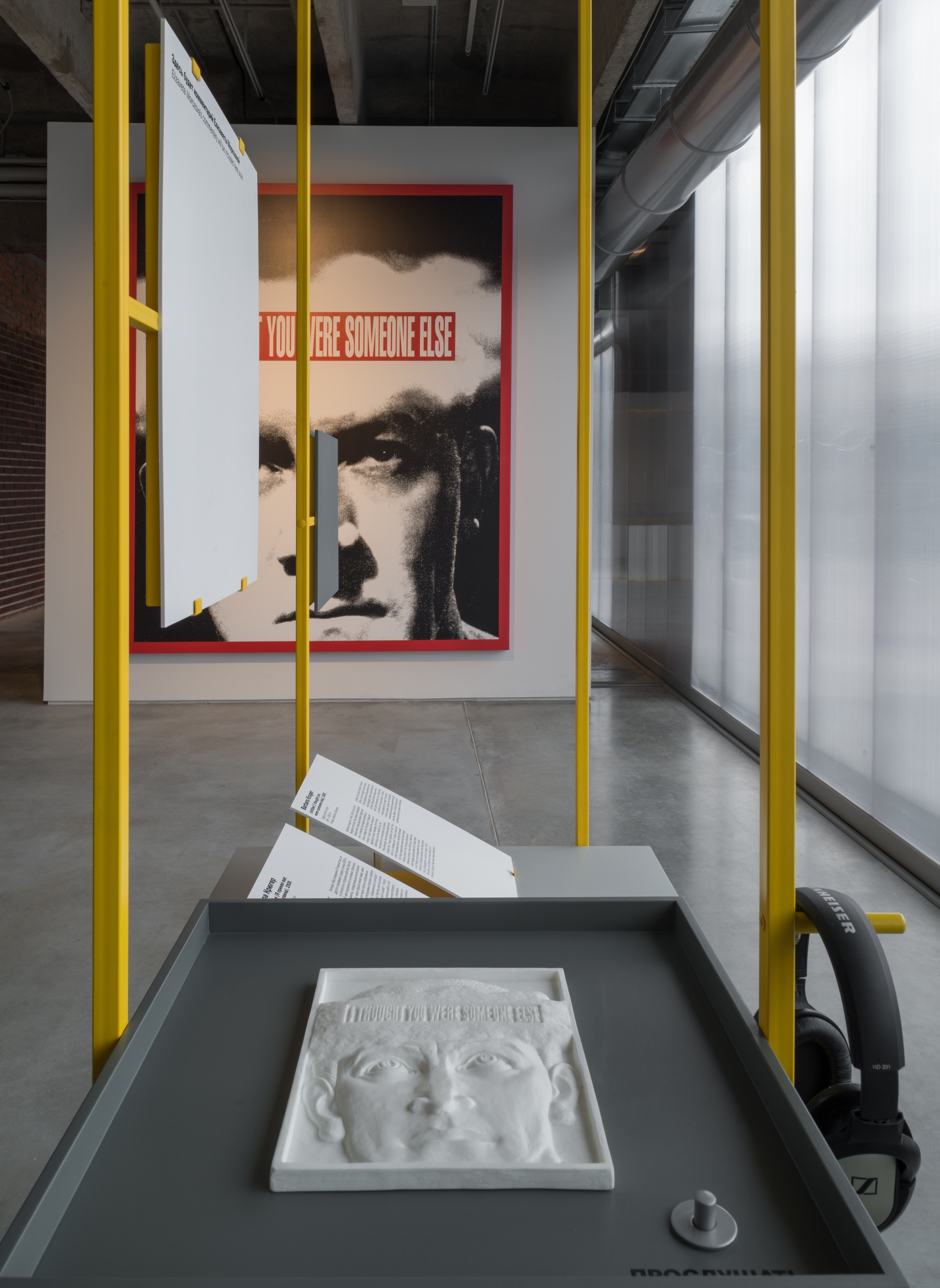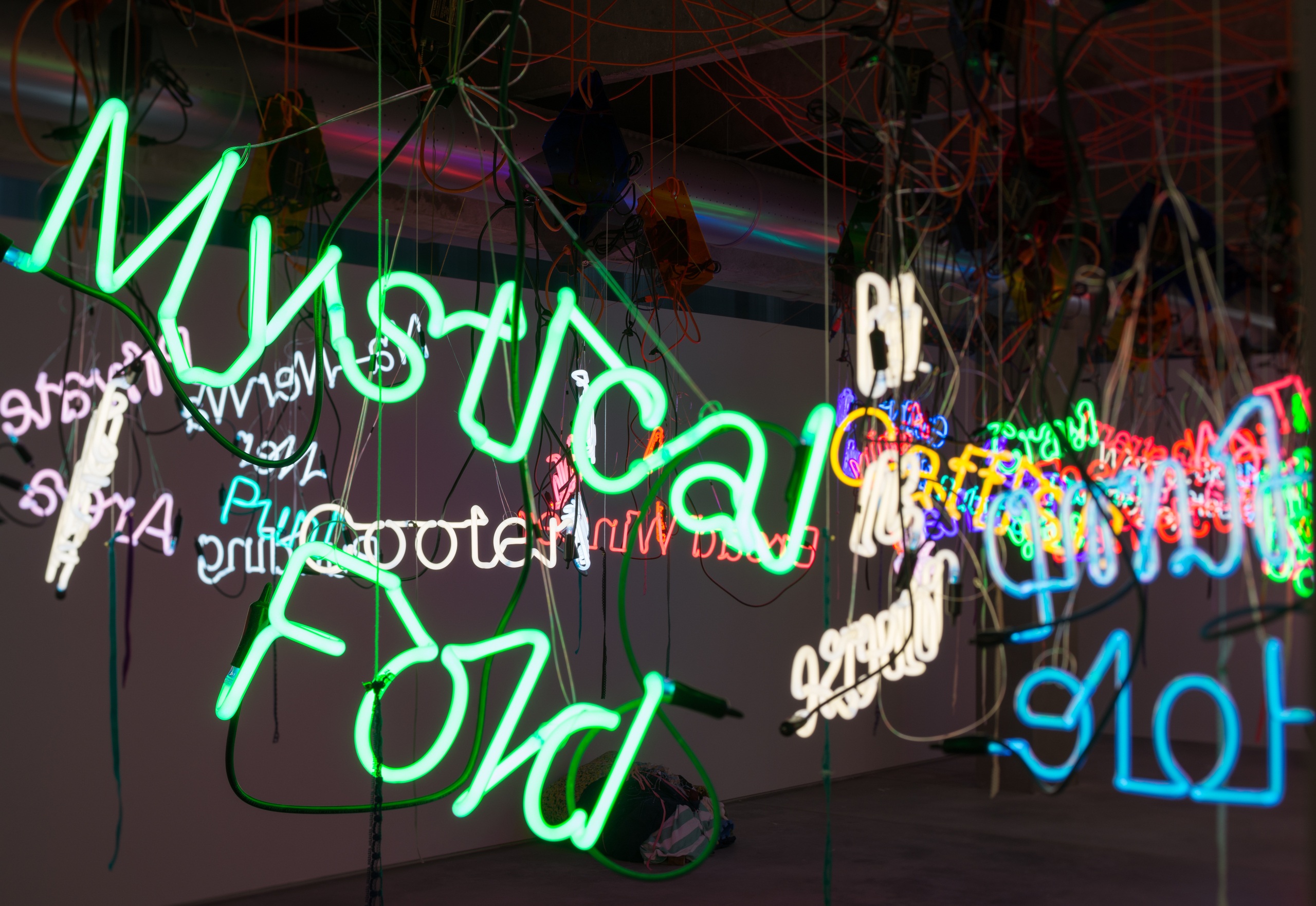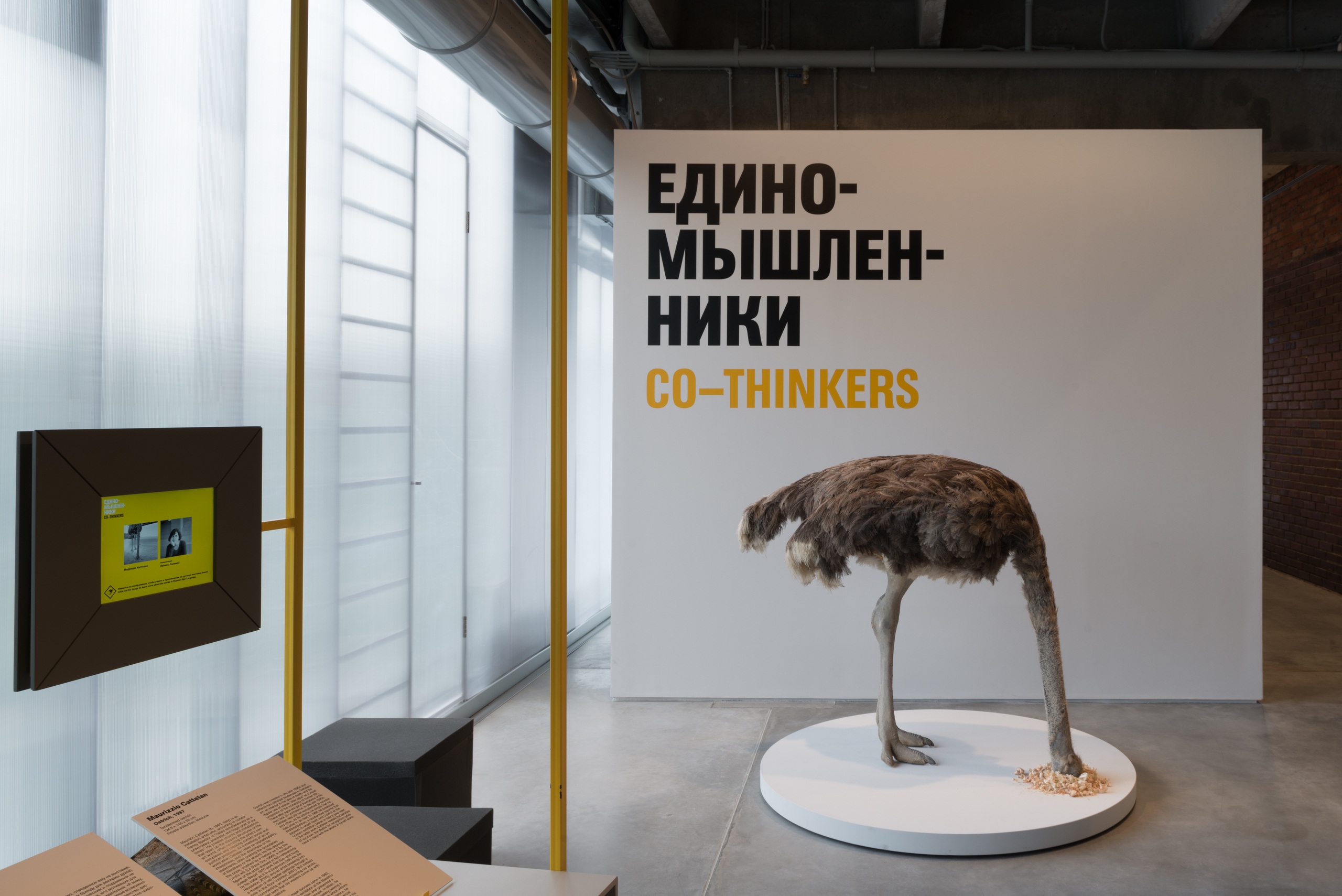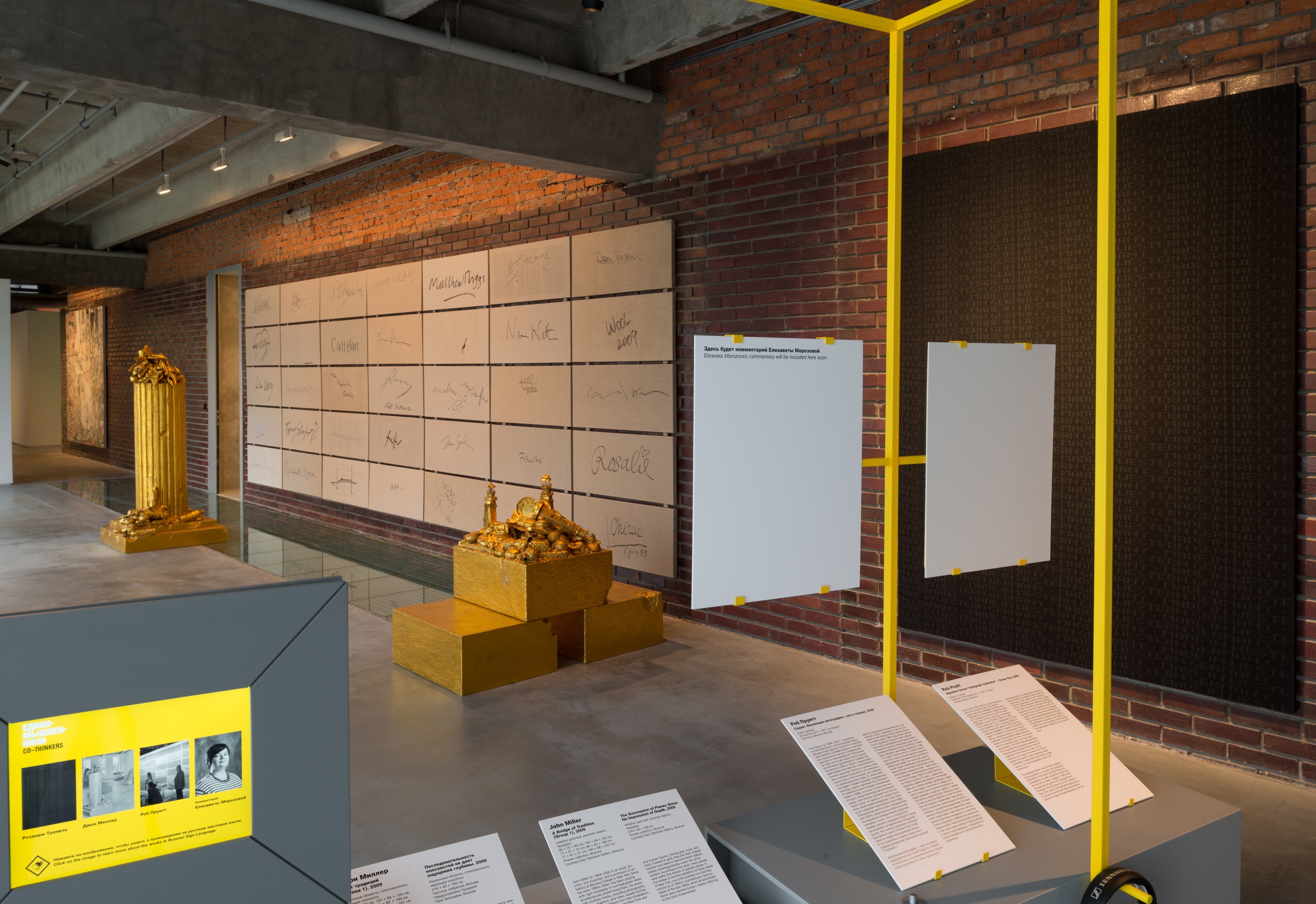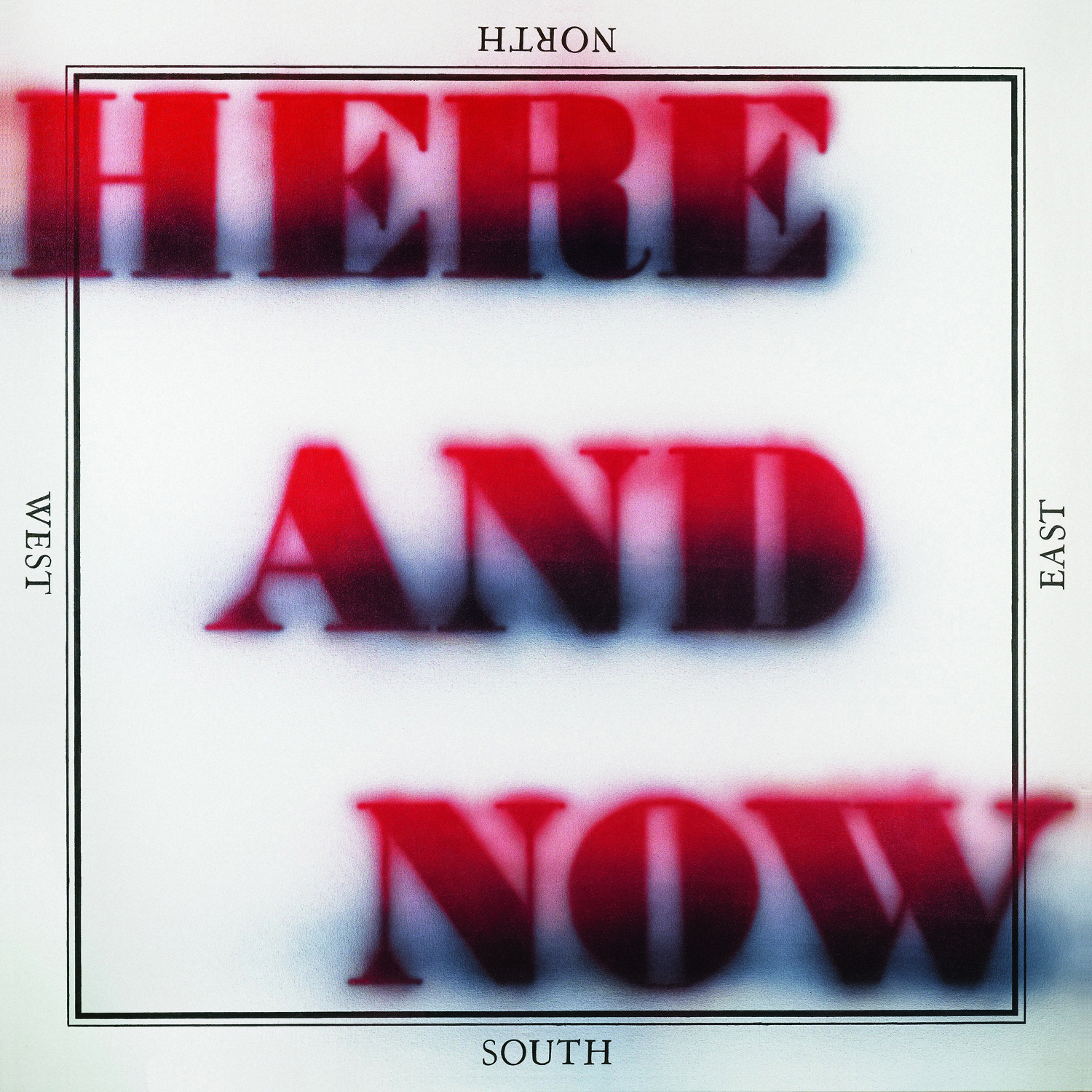The exhibition aims to move beyond the definition of “inclusion” as making the Museum physically accessible to wider audiences, to explore how a team—which includes differently abled people—can make an exhibition for everyone. Four collaborators with varying disabilities—Elena Fedoseeva, Evgeny Lyapin, Elizaveta Morozova, and Polina Sineva—joined a group of Garage curators to make the final selection of artworks—which are on loan from Moscow-based private collections—and develop the architecture and mediation of the show.
Intended as a sensory experience for all audiences, Co–thinkers includes interactive stations that combine a range of tools for perceiving art, including touch and sound. Throughout the show, there is also a large public program of tours, talks, and workshops in the gallery spaces, using new formats that have been conceived specifically for this project.
Following the success of the 2015 Garage Mediators Program, which trained members of the public to become guides and interlocutors for visitors to the newly–opened building, Co-thinkers is the focus for the second iteration of this initiative. In response to a general lack of support for and engagement with people with Asperger syndrome and high-functioning autism in museums, the 2016 Mediators Program comprised a two–month training program devised by one of the co–thinkers, Elizaveta Morozova, to enable Garage volunteers to interact more closely with groups visiting the exhibition.
Garage Director Anton Belov commented: “Co–thinkers is the latest in a series of initiatives aimed at making Garage a place accessible to everyone, not just on a physical level, but also in terms of working with the broadest possible range of collaborators and audiences. So we hope that the methods of this project will enable us to build approaches that involve communities who usually don’t feel a contemporary art museum welcomes them.”
“I would like that the regular museum visitor—who very often think an art museum is an ivory tower—could find a personal connection to an exhibition and see how it is interrelated to the social environment around them. Delving into the process of display creation leads to a drastic change of your opinion and I hope that after this project very different audiences, not necessarily with disabilities, can find ways to understand the message the museum shares“ – says one of the co-thinkers, Elizaveta Morozova.
The project and its public program will result in a critical analysis by invited specialists and the collaborators, so the co-thinkers working methods could be extrapolated onto the cooperation with other communities.
Organized by: Anastasia Mityushina, Garage Curator and Maria Sarycheva, Garage Inclusive Projects Coordinator
